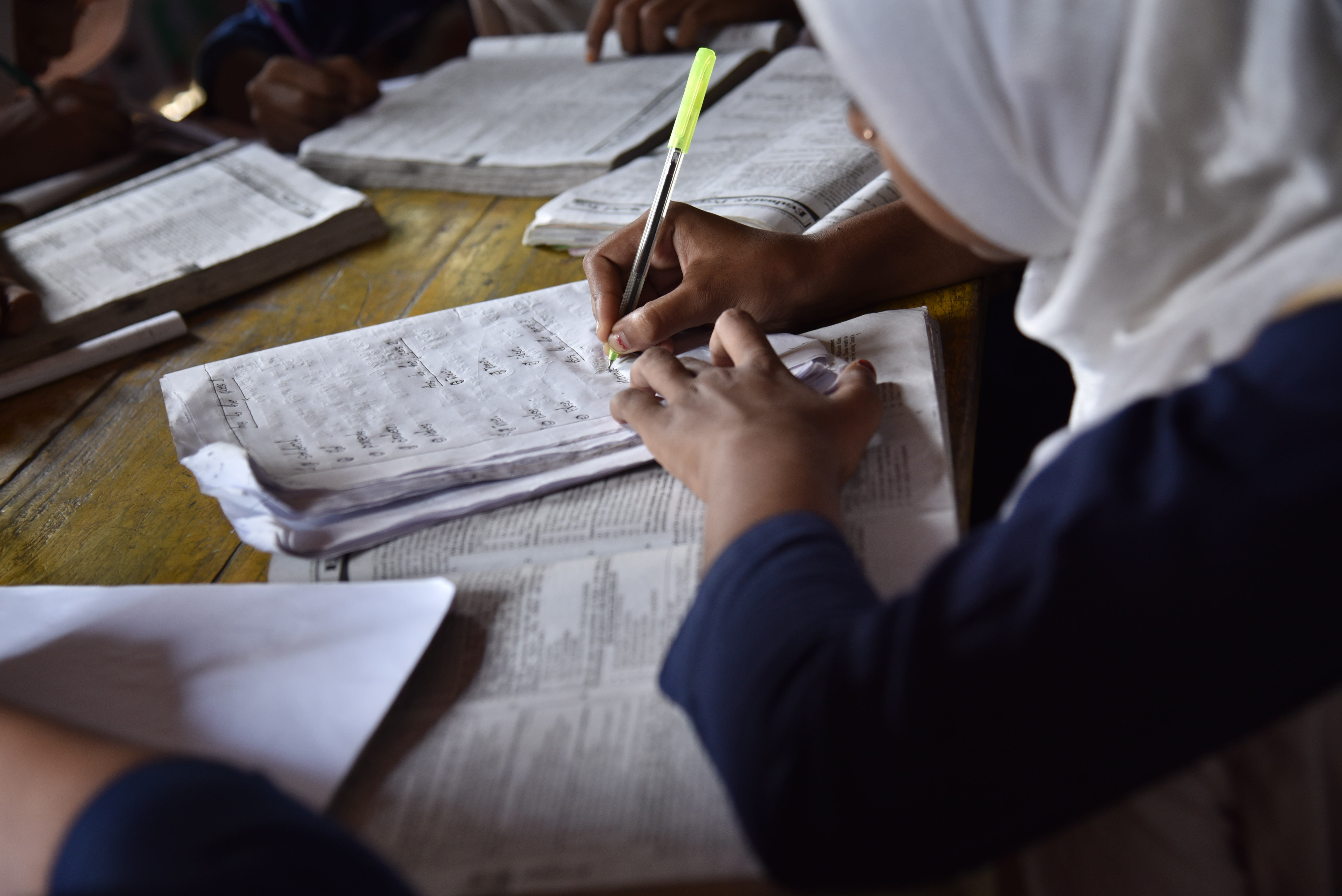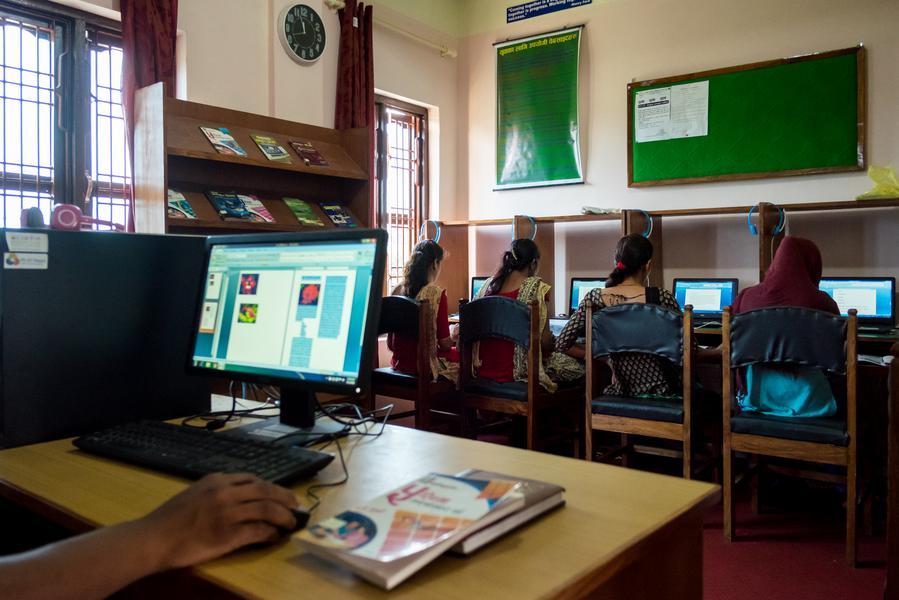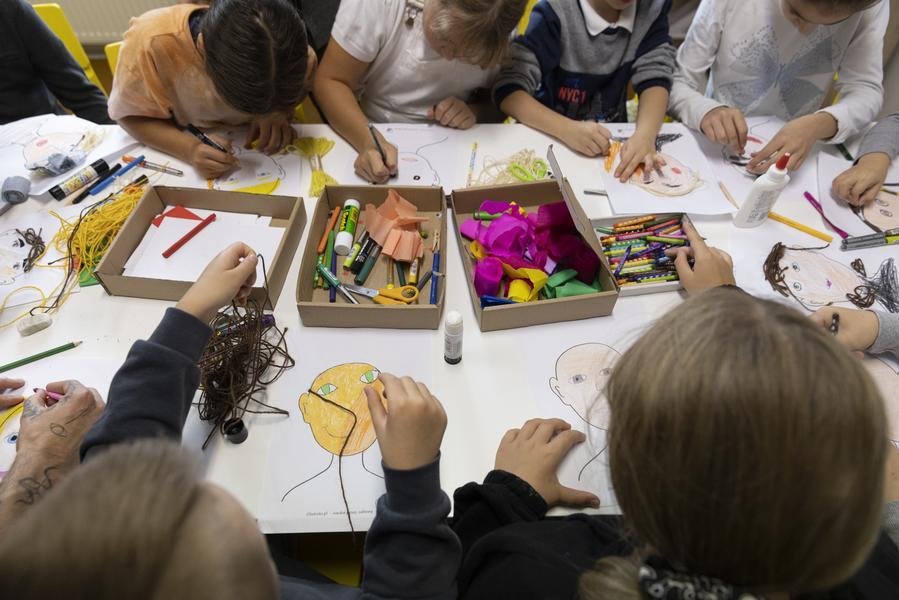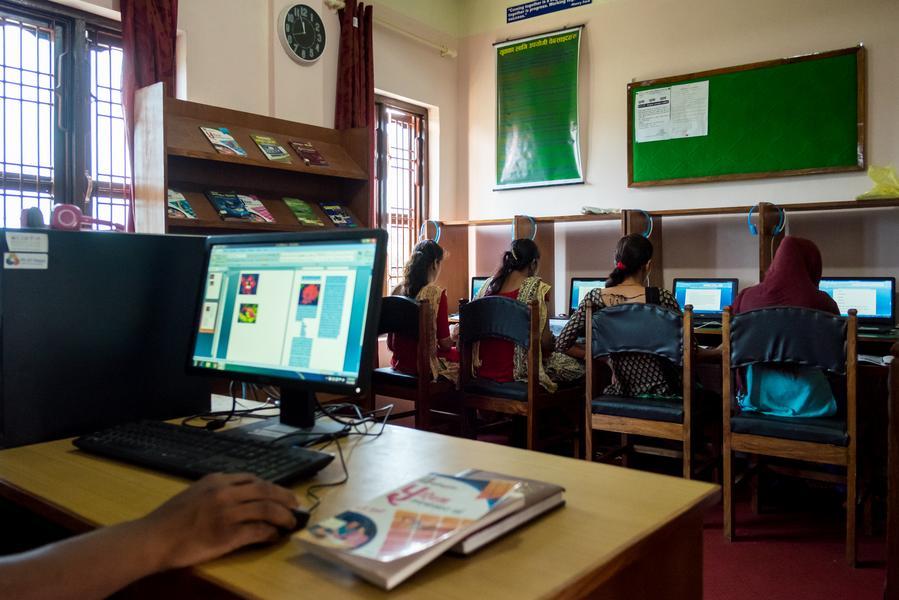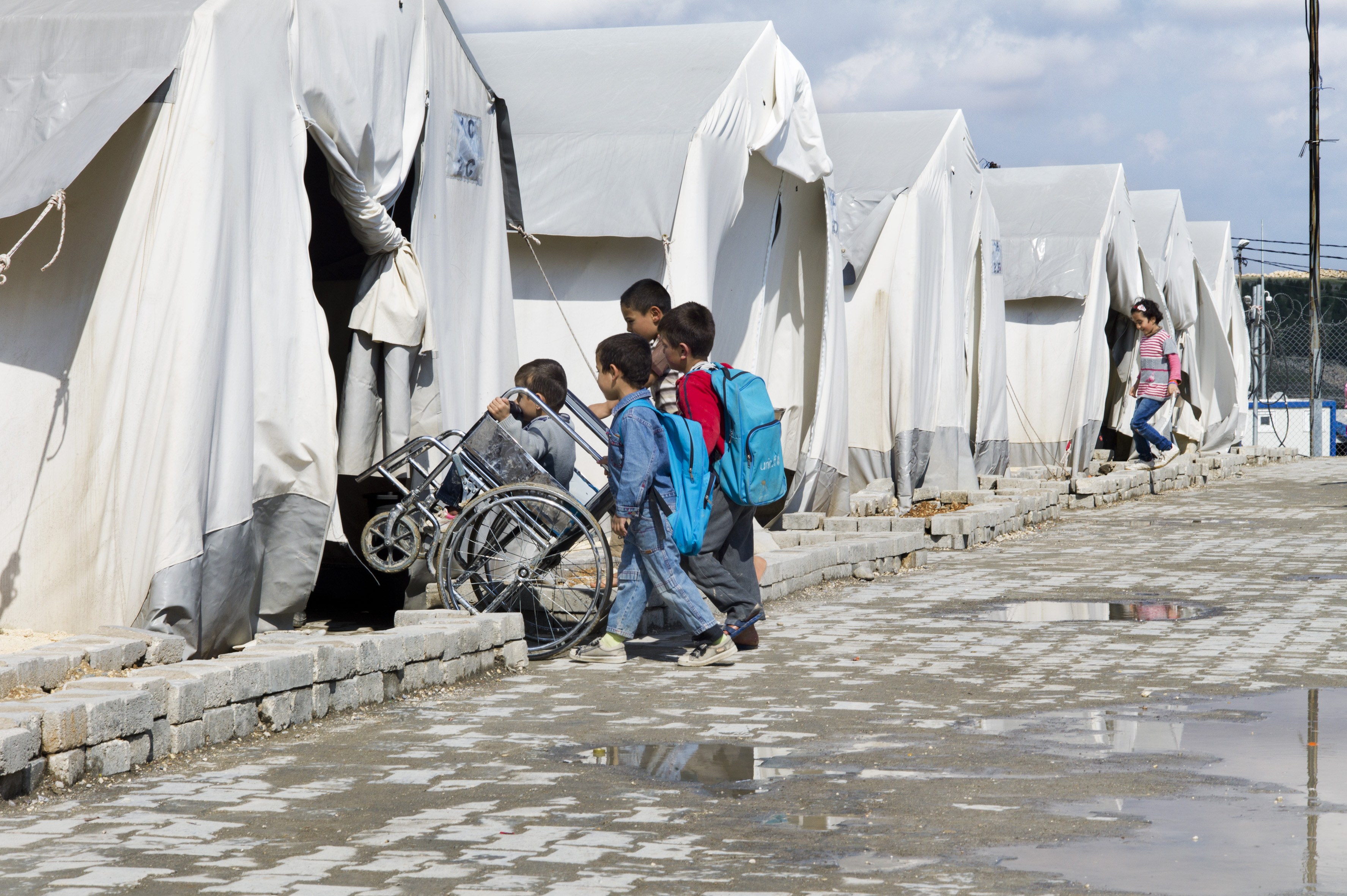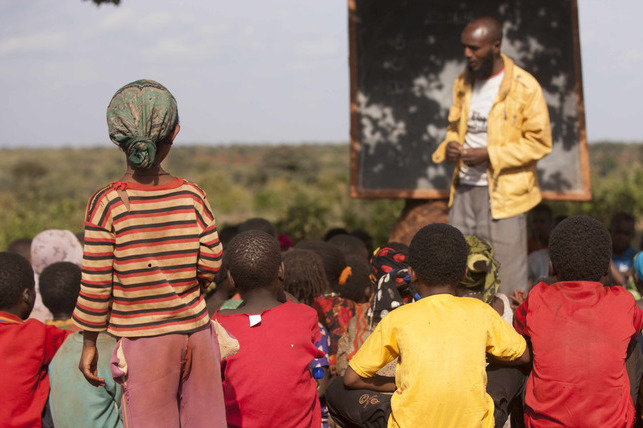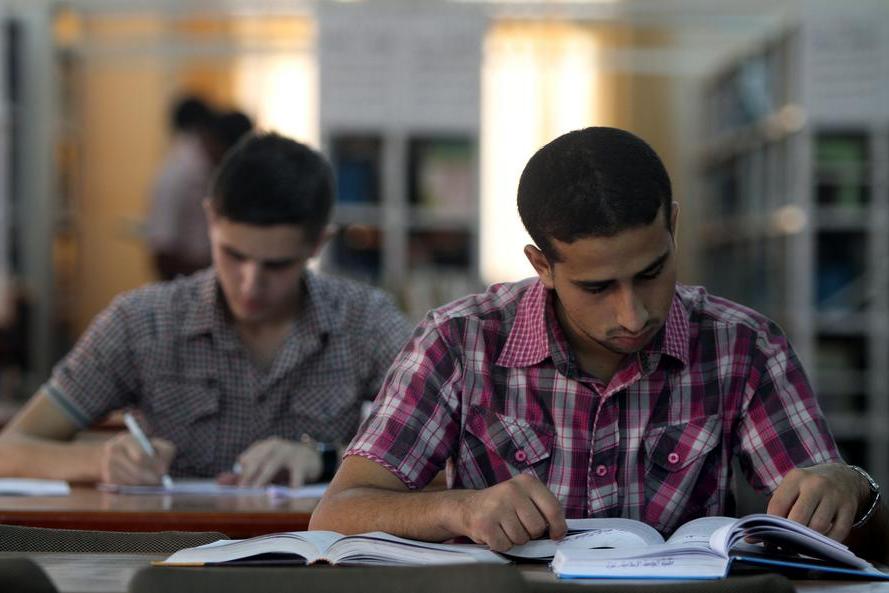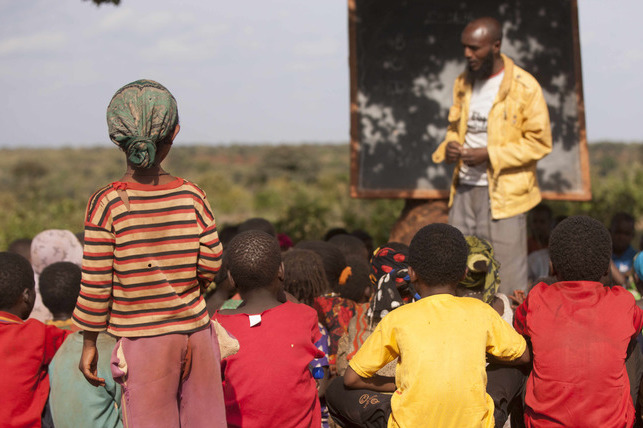Context and Issue
A significant portion of the global population—over 40%—did not have meaningful access to the internet, translating to more than 3 billion people being totally offline. This lack of connectivity isolated vulnerable groups, depriving them of educational opportunities, communication, entertainment, and the ability to make their voices heard or access new services and opportunities. The education sector faced a severe shortage of teachers, with 70 million more needed to meet global education targets, leaving many children without access to formal schooling.
Solution
The solution to bridging the digital divide is the Hello World program, which uses Hello Hubs—solar-powered internet stations providing access to world-class educational software. Initiated in 2012 after Katrin, the founder, was inspired by Sugata Mitra's TED talk on child-led learning, the program aims to address the severe lack of internet connectivity and education affecting over 3 billion people worldwide. The first Hello Hubs were launched in late 2013 in Nigeria and 2015 in Uganda, involving full community participation in building and maintenance. Each hub offers robust hardware, educational software in local languages, free high-speed WiFi, device charging, and solar power. Community members receive engineering training to ensure sustainability. The program includes core initiatives like Basic Computer Training, Life Skills Training, and the Hub Heroes Library to enhance digital literacy. Impact is monitored through baseline tests, user registers, and case studies, with data collected by 60decibels. Hello Hubs are designed to be innovative, replicable, and scalable, with plans to expand further.
Impact
The impact of the Hello World program has been substantial, improving the quality of life and educational opportunities for many. In Uganda, 90% of Hello Hub users reported an improved quality of life, with 56% saying it "very much improved." In Nepal, 87% agreed their quality of life had improved. The hubs are widely used for education (33.9% of activity) and social media and entertainment (43.7%). Additionally, 55% of users in Nepal and 47% in Uganda learned new skills at the hubs. The program has built 113 hubs across three countries, connecting over 124,250 people to the internet. Success stories include increased literacy and numeracy among children, improved digital literacy and internet safety for marginalized community members, and enhanced leadership and problem-solving skills, particularly for women and girls. The community-led model has empowered local populations, with some users achieving notable personal successes, such as winning awards and starting businesses.



